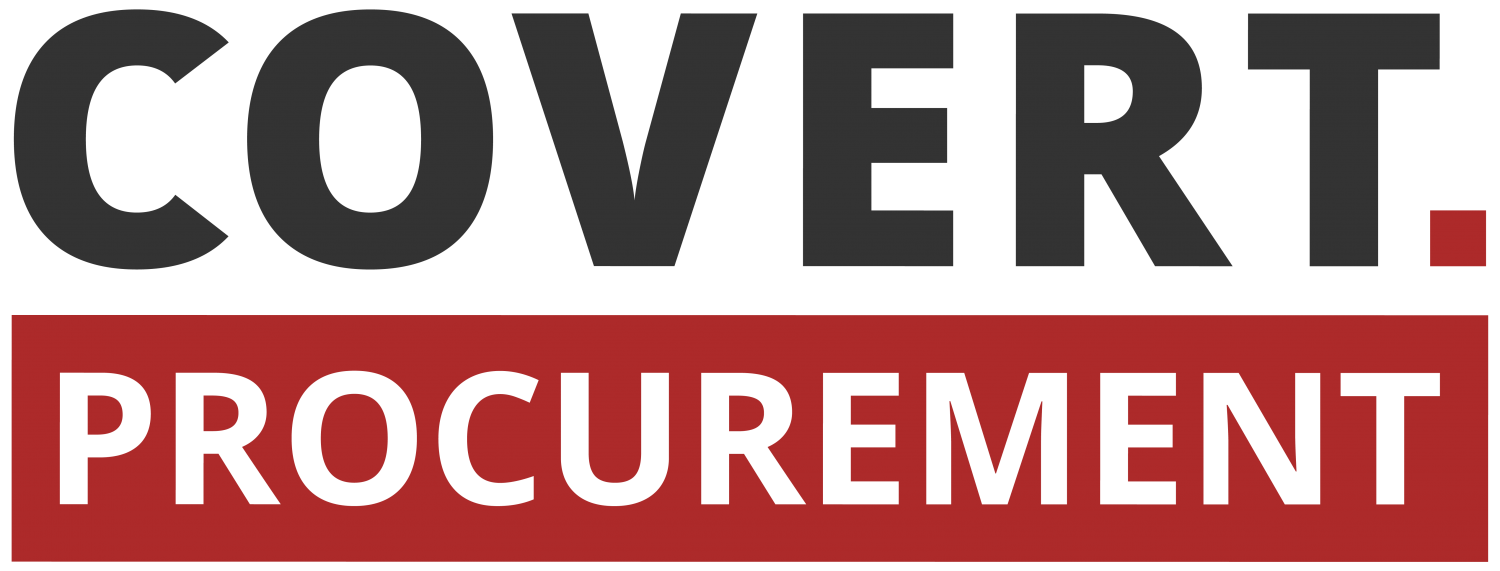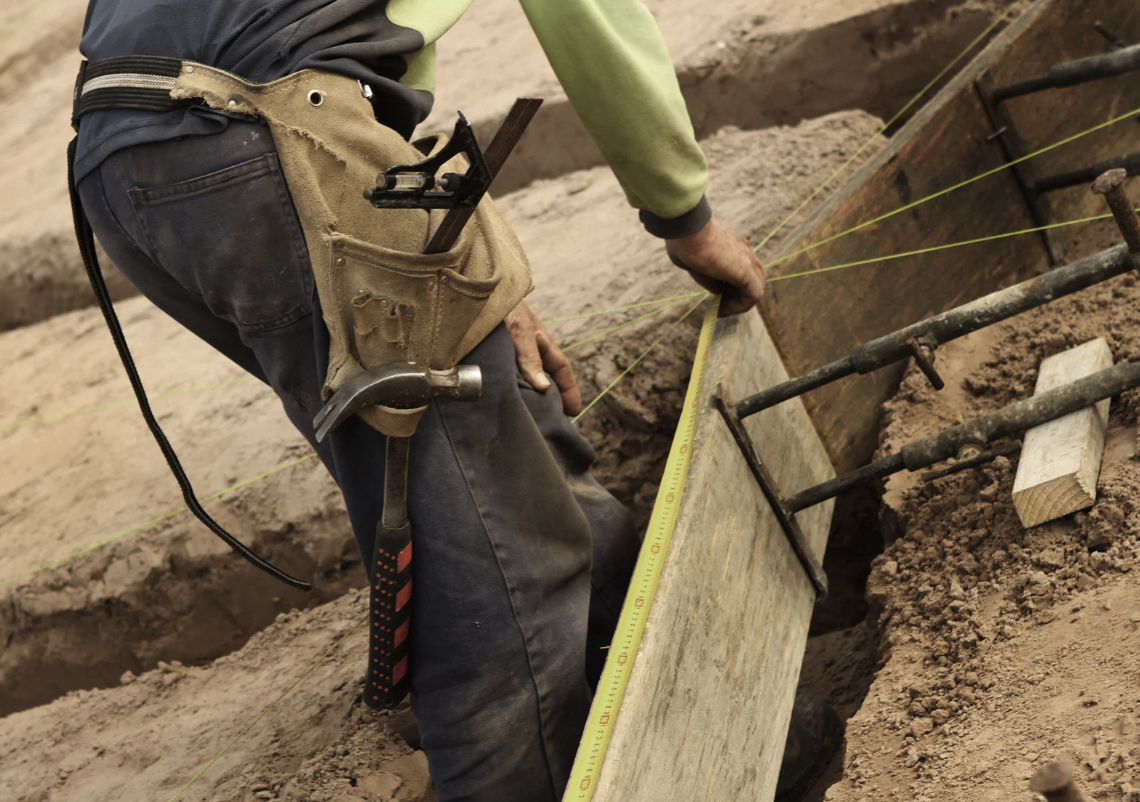LVL formwork is widely used in construction because it’s strong, stable, and easy to work with. But when you’re building in termite-prone areas, it’s important to know how well LVL (Laminated Veneer Lumber) holds up. Whether you’re using LVL beams, formwork LVL, or buying for outdoor builds, termite resistance is a key consideration.
What You Need to Know About Termites and Formwork LVL Timber
Termites are a major risk to timber in many parts of Australia. They’re especially active in warm, humid regions, where they can destroy unprotected wood quickly. When using LVL timber formwork, it’s important to understand how the product is manufactured and treated to resist these pests.
LVL construction uses thin timber veneers glued together under heat and pressure. This makes LVL formwork much stronger and more uniform than standard timber. But it doesn’t automatically mean it’s termite-proof.
Is LVL Formwork Timber Naturally Termite Resistant?
No, LVL formwork timber is not naturally termite resistant. Because it’s made from softwood species like pine, the raw material is susceptible to termite attack—just like untreated structural timber.
That’s why most formwork LVL used in Australia goes through additional treatment to prevent termite damage. Without that treatment, LVL won’t hold up in termite-heavy environments.
Does LVL Formwork Timber Require Termite Treatment?
Yes, it does—especially if you’re using it in areas with moderate to high termite activity.
LVL timber can be treated during manufacture using preservatives that penetrate deep into the veneers. These treatments help repel termites and other wood-boring insects. Some LVL products are surface-treated, while others are treated all the way through.
When you’re comparing timber LVL formwork prices, keep in mind that termite-treated products might cost more upfront—but they save money over time by reducing damage and replacements.
How Does LVL Timber Formwork Perform in Termite-Prone Areas?
When properly treated, LVL timber formwork performs well in termite zones. It’s commonly used in both temporary and semi-permanent formwork structures, even in high-risk regions like Queensland and Northern NSW.
Performance depends on:
- Quality of termite treatment (H2, H3 ratings)
- Proper sealing of cut ends and joints
- Correct storage and handling on site
If the LVL is left exposed to soil or moisture without protection, even treated timber can be vulnerable over time.
Can LVL Beams Be Used Safely in Termite-Risk Zones?
Yes—LVL beams are safe to use in termite-prone areas when they’ve been treated to the right hazard level. Builders often choose H2-treated LVL for indoor framing and H3 for outdoor above-ground use.
Always check with your supplier or structural engineer to confirm the treatment level. If you’re using LVL in subflooring or outdoor formwork, higher resistance is essential.
How to Ensure Your Formwork LVL Is Protected from Termites
To keep your formwork LVL protected on site:
- Choose LVL with the correct termite treatment rating (e.g. H2 or H3)
- Seal all cuts and drilled holes with a suitable preservative
- Store LVL timber off the ground and covered from moisture
- Avoid direct soil contact wherever possible
If you’re planning to buy LVL timber, ask for a treatment certificate or proof of compliance with Australian standards.
Why Choose LVL Formwork Timber for Outdoor Construction
Despite needing treatment, LVL formwork timber is still one of the best options for outdoor and heavy-duty formwork jobs.
Reasons to choose LVL:
- Stronger and straighter than regular timber
- Easier to handle and install
- Available in long lengths and consistent sizes
- Treated LVL resists termites, rot, and decay
- Ideal for reusable formwork and bracing
Plus, with rising demand, it’s easy to find local suppliers like Covert Procurement offering competitive timber LVL formwork prices across Australia.

